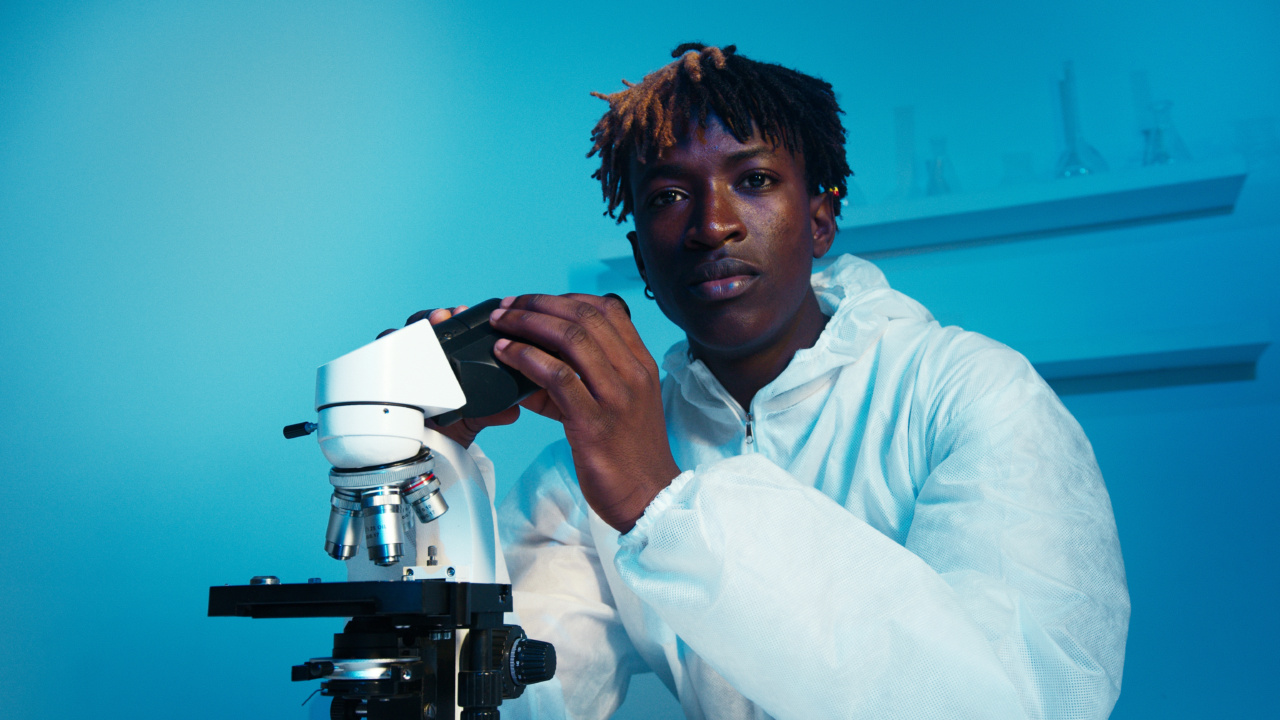Angelina Jolie, an acclaimed actress and a prominent Hollywood figure, has been vocal about her decision to undergo preventive mastectomy as a precautionary measure to lower her risk of developing breast cancer.
Her announcement in 2013 sparked widespread discussion and debate among medical experts, patients, and the general public. The issue at the heart of the discussion, labeled the “Jolie effect,” is the impact of a high-profile personality’s decision on the behavior and attitudes of others.
What is the Jolie Effect?
The Jolie effect describes a phenomenon where women, inspired by Jolie’s announcement, began to inquire about their risk of breast cancer and request genetic testing.
Her publicly shared story raised awareness of genetic testing and preventive mastectomy as a viable option for women with a strong family history of breast cancer. Her activism on the issue brought the discussion of breast cancer risk factors and preventive measures into the public consciousness and made it more acceptable to discuss openly.
Risks and benefits of preventive mastectomy
Preventive mastectomy, also called prophylactic mastectomy, is a surgical procedure to remove one or both breasts as a preventative measure against breast cancer.
This procedure reduces the risk of breast cancer in high-risk individuals to below the average risk for women in the general population. However, like any surgical procedure, there are risks involved, including infection, bleeding, and complications from anesthesia.
Additionally, the surgery leads to a significant change in a woman’s body image, femininity, and sexuality, which can cause emotional distress and impact mental health.
The decision to undergo preventive mastectomy is a personal one and should be made after careful consideration of the risks and benefits of the procedure.
The role of genetic testing
Genetic testing is a diagnostic tool used to identify mutations in genes that increase the risk of breast cancer. BRCA1 and BRCA2 are two genes that are linked to a higher risk of developing breast cancer.
Women with a mutation in these genes have a 45-65% chance of developing breast cancer by age 70 and are also at increased risk of developing ovarian cancer.
Breast cancer, like other forms of cancer, arises from mutations in the DNA of cells. In most cases, the mutations are spontaneous and not inherited. However, mutations in BRCA1 and BRCA2 genes are hereditary and can be passed down from parent to child.
Women with a family history of breast or ovarian cancer should consider genetic testing to determine if they carry a BRCA1 or BRCA2 mutation.
However, genetic testing should be done in consultation with a medical professional who can interpret the results and provide guidance on appropriate screening and preventive measures.
The impact of the Jolie effect on public health
The Jolie effect has had a significant impact on breast cancer advocacy and research. It has raised awareness of the importance of early detection and increased access to genetic testing and preventive measures.
The discussion generated by Jolie’s announcement has also led to increased funding for research in breast cancer risk factors, prevention, and treatment.
However, medical experts express concern that the Jolie effect may have unintended consequences. The increased demand for genetic testing and preventive mastectomy may lead to overdiagnosis and overtreatment.
Not all women diagnosed with a BRCA1 or BRCA2 mutation will develop cancer, and not all cases of breast cancer are hereditary. Furthermore, preventive mastectomy is not a viable option for all women and may not be necessary in some cases.
The increased pressure on women to undergo preventive mastectomy may also lead to unnecessary emotional distress and compromise the body image, sexual identity, and mental health of women.
Conclusion
The Jolie effect has sparked significant discussion and debate on the risks and benefits of preventive mastectomy and genetic testing for breast cancer.
Medical experts agree that individuals’ decisions should be informed by facts and made in consultation with qualified professionals. Women concerned about their risk of breast cancer should consult with a physician or genetic counselor to determine the most appropriate screening and preventive measures.
The debate sparked by the Jolie effect has raised awareness of the importance of early detection, genetic testing, and preventive measures. It has also resulted in increased funding for research in breast cancer risk factors, prevention and treatment.
While the Jolie effect has had a positive impact on breast cancer advocacy, medical experts caution against overdiagnosis, overtreatment and the unintended consequences of increased pressure on women to undergo preventive mastectomy.
























